I have started learning Transistors from this Tutorial by Sparkfun - https://learn.sparkfun.com/tutorials/transistors . I understood that while using Transistor as a switch it operates in Cutoff or Saturation region to turn ON or OFF.
However below is a diagram that shows the Transistor in OFF state.

I couldn't understand how voltage drop of 1.3v exists across LED and 3.7v across Collector and emitter terminal. The current flow has clearly marked as 0mA which is true since transistor is in cut off region no current flows from Collector to emitter terminal. Surprisingly when I assembled this in a simple breadboard and measured the voltages there indeed is a drop. Here are my observations.
Vcc : 4.81v ( Not a good power supply I suppose )
VR2 : 0v
VLed1 : 0.68
VCE : 3.55
VBE : - 0.24
IC : 0
There is a voltage drop exists across Led1 and CE terminal of transistor however there is nil in resistor R2. On seeing this, I have been scratching my head with these four questions.
1) Current being the same across series connections should make the resistor to drop voltage as well isn't it?
2) Besides summing up the VCE and VLED1 does not equal to the supplied voltage Vcc.
3) And why there is a negative voltage exists in Base terminal of transistor.
4) How can there be a voltage drop when there is zero current flowing ?
Am i missing something? Kindly help, thanks in advance.

